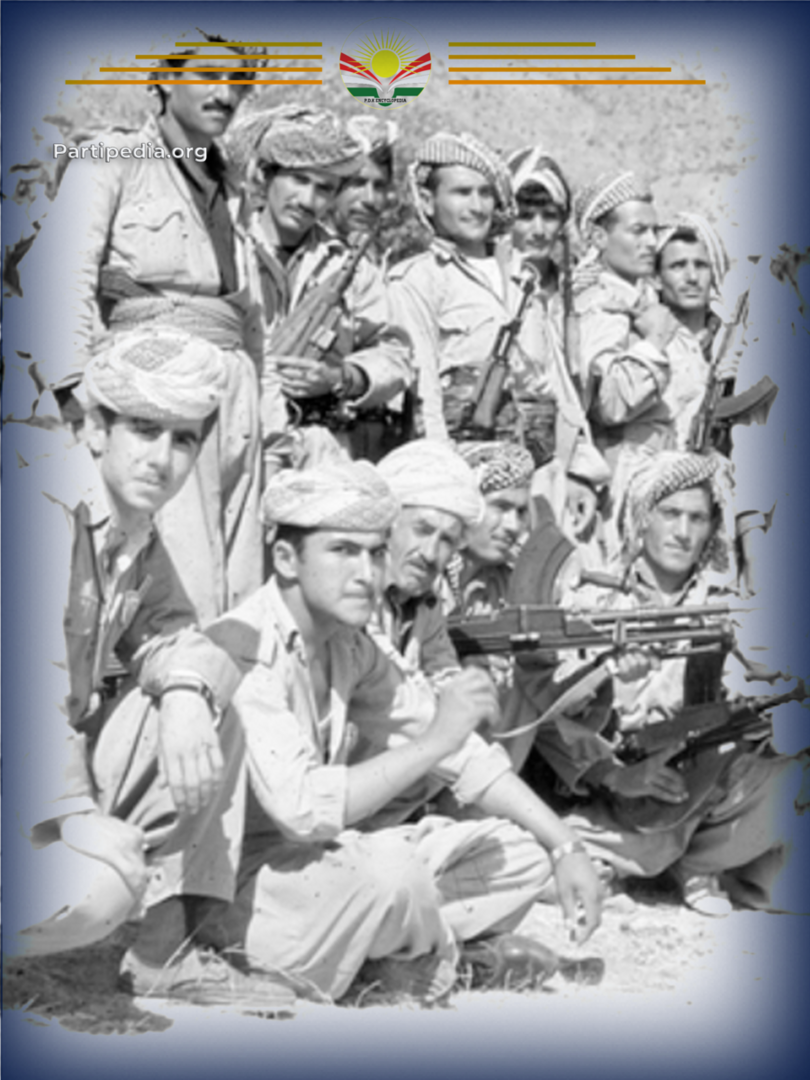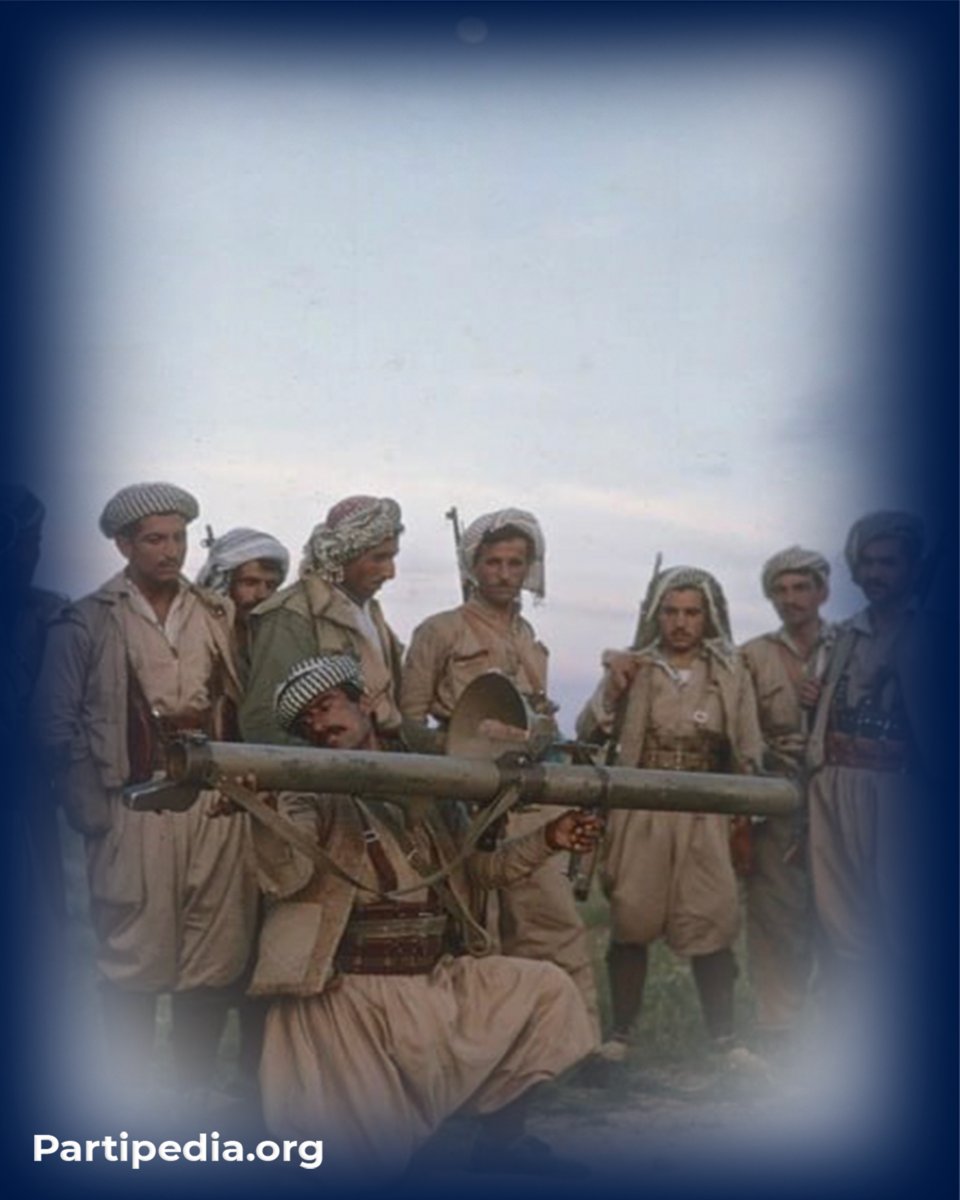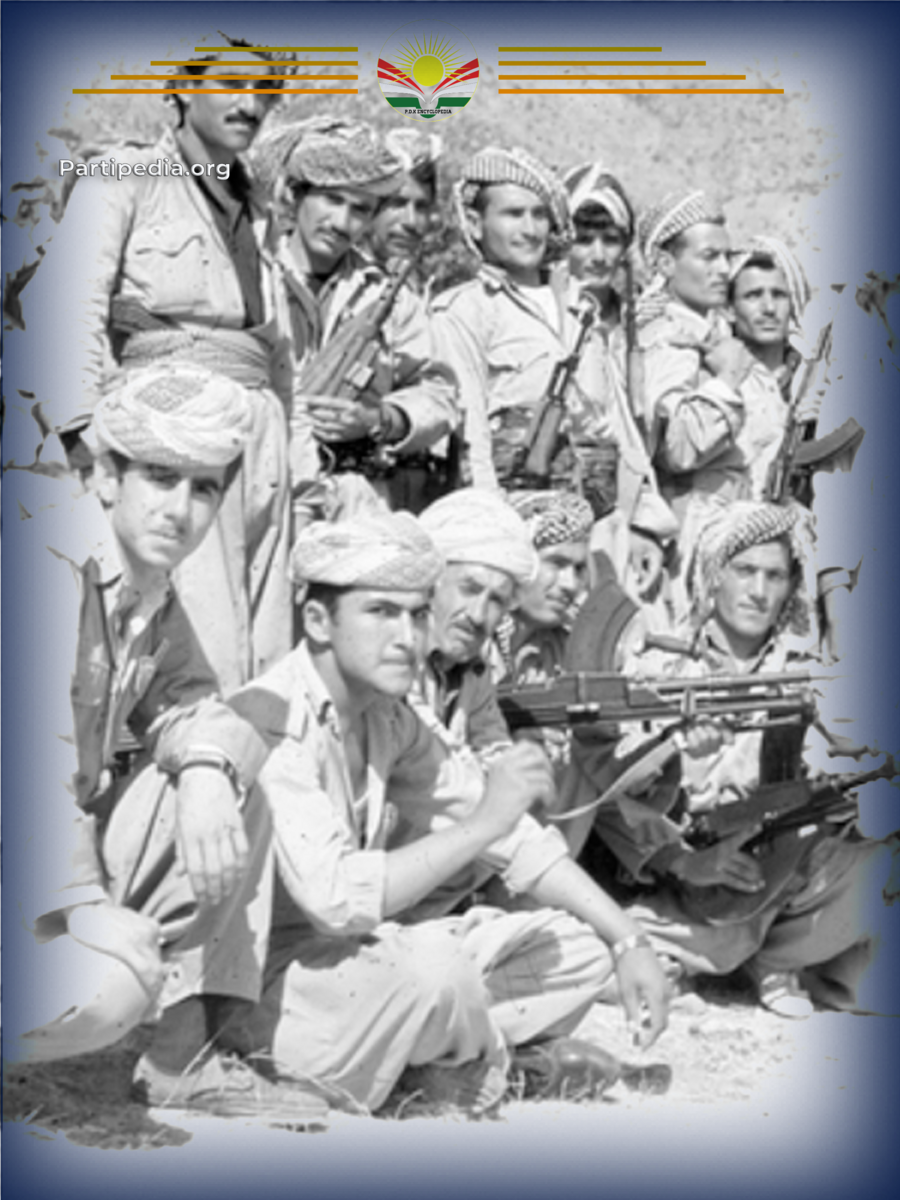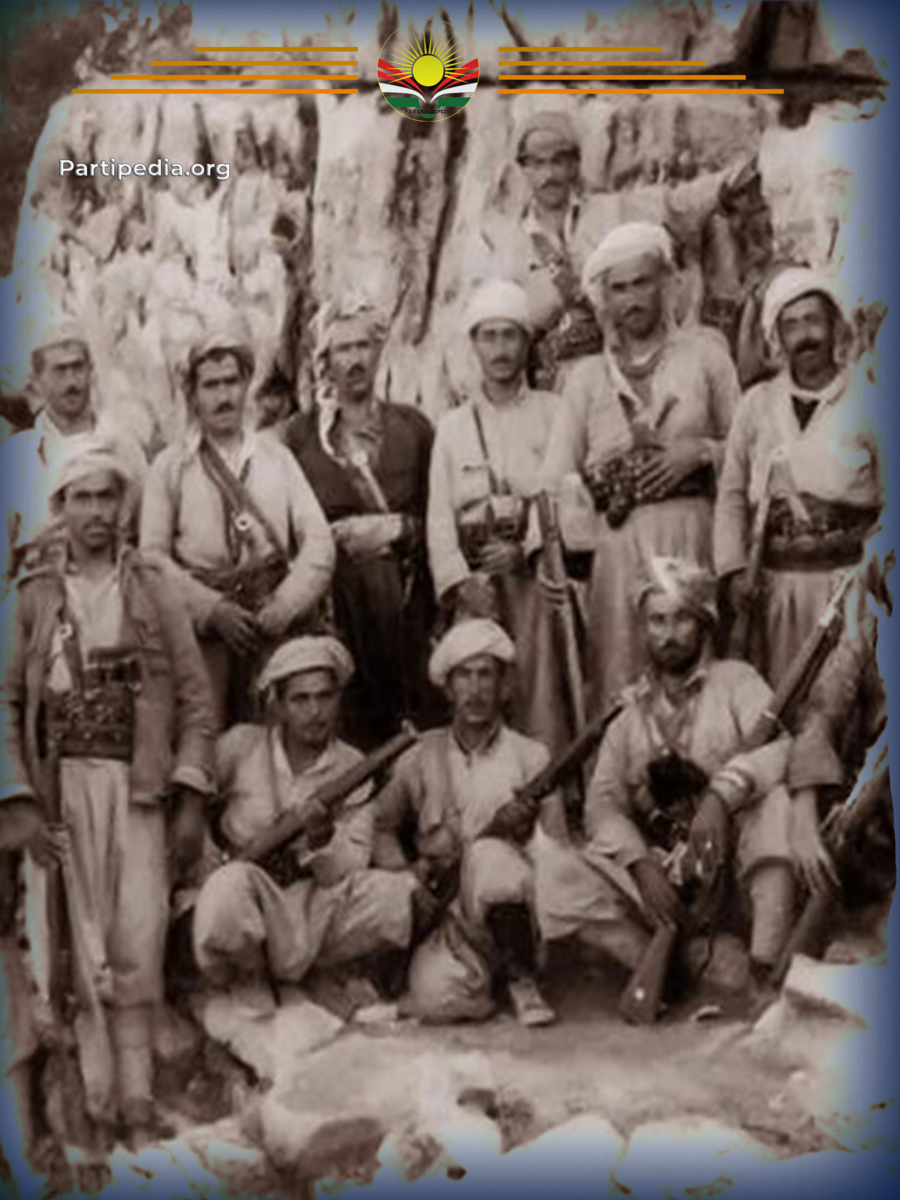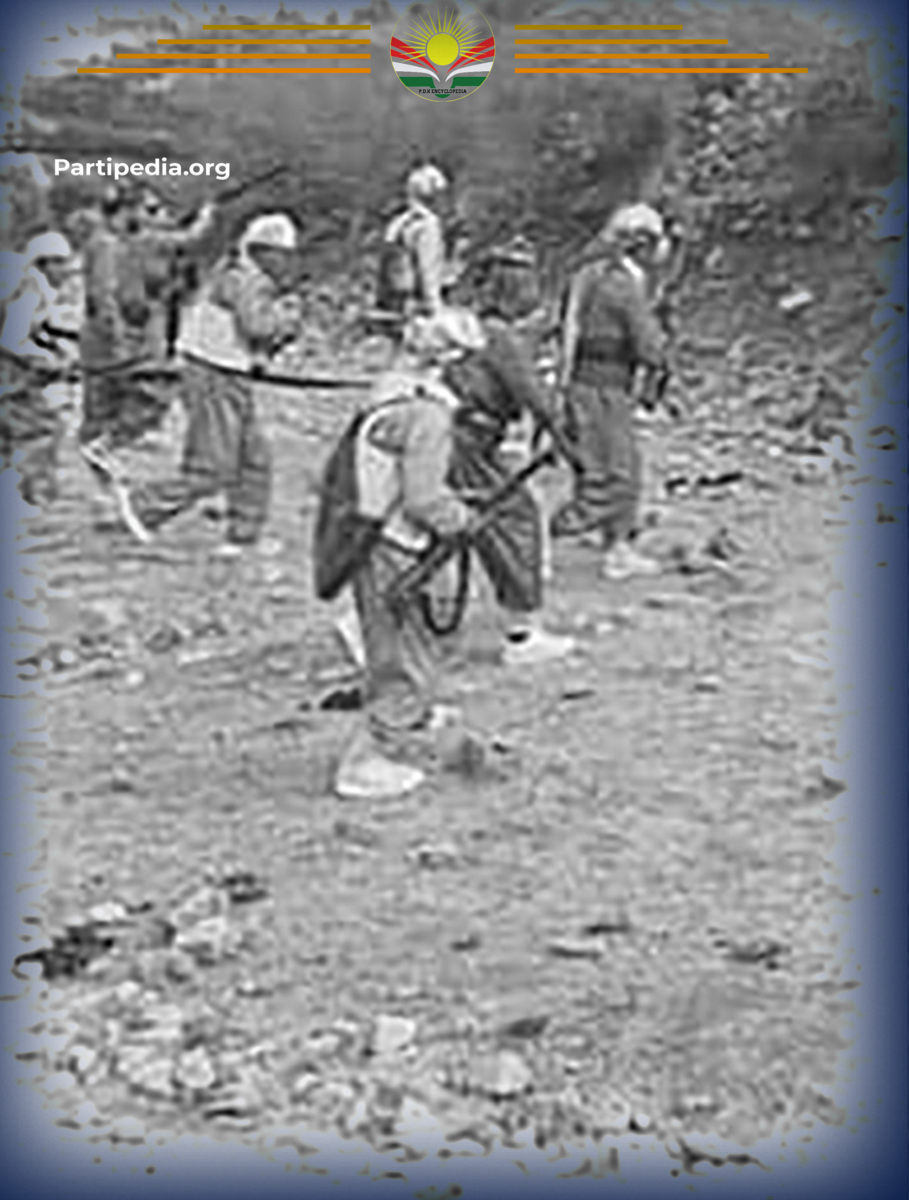During the summer of 1965, intense clashes between the Kurdish revolutionary forces and the Iraqi government forces persisted for several months in and around Ruandz. The Iraqi regime escalated its attacks on the Peshmerga in an effort to neutralize the threat to key strategic areas, including Ruandz, Mount Korek, and the vital public roads in the region. Their objective was to seize control of critical locations such as Mount Zozk, Handren, Akoyan Valley, and Alana Valley, ultimately seeking to assert their authority over the entire Diyana Plain.
In response, the revolutionary forces focused on securing strategically significant positions, particularly the high mountain ranges, to strengthen their hold against the government’s advances. The revolutionary leadership devised a bold plan to capture Mount Korek, a critical vantage point in the region. Mustafa Barzani, the esteemed leader of the Kurdistan Revolution, personally visited Mount Handren and the Akoyan Valley, where he held discussions with the Peshmerga commanders of the Balakayety forces. During these meetings, he outlined the strategic importance of Mount Korek and coordinated plans for its capture. Prominent figures such as Fakir Mergasuri and Mullah Amin pledged their commitment to undertake this crucial mission.
This meticulous planning and leadership exemplified the determination of the Kurdish revolutionary forces to resist the regime's aggressive advances and safeguard their territory.
Preparation and Planning of the Attack
The meticulous preparation for the attack involved a multi-pronged strategy, combining simultaneous shelling and targeted assaults on critical military bases.
First: The plan began with the coordinated shelling of army bases in Khalifan, Maltokri, Ruandz, Hamiya, Kawlokan, and Diyana, all executed at the same time. Each base was allocated one 120mm mortar shell and 200 rounds of ammunition to ensure sufficient firepower.
Second: A comprehensive offensive on Mount Korak was planned to secure control over the mountain and the strategic Gali Ali Beg area, ultimately aiming to besiege Ruandz. This pivotal task was entrusted to the Akoyan battalion, commanded by Mullah Amin and Hamaziad, alongside the Communist Party battalion led by Lieutenant Riaz Badrkhan.
Third: The assault on the Maltokri military base was assigned to a battalion of Balak forces under the command of Ezzat Sulaiman Beg Dargalayi and Mam Sdiq.
Fourth: Responsibility for attacking the Khalifan military base fell to the Betwata battalion, commanded by Hali Dolamari and Tanjo Younis.
Fifth: The Diyana military base was targeted by two battalions of Balak forces, commanded by Haji Berokhi and Hadi Hasko.
Sixth: At the helm of the operation, Abdullah Agha Pishdari served as the commander-in-chief of the battlefront, while Kamal Naaman Sabit was the commander-in-chief of the Balak force. The artillery operations were under the general supervision of experienced leaders, including Lieutenant Bakr, Colonel Khadr, Omar Agha Dolamari, Khadr Dabagh, Nawzad Khoshnaw, and Khalid Shamsaddin.
At precisely 5:30 PM on August 6, 1965, the revolutionary artillery began its bombardment of the Iraqi army bases. Massoud Barzani, in his book Barzani and the Kurdish Liberation Movement, recounts being on Mount Rabanok, observing the shelling of the military bases by the revolution's artillery. The operations yielded mixed results: both Khalifan and Maltokri bases in Ruandz were completely destroyed, reduced to ashes by the bombardment. While the Diyana base and most of its infrastructure were heavily damaged, the Hamiya Kawlokan base remained relatively unscathed due to its robust defensive positioning. On Mount Korak, two army barracks were obliterated, but the third emerged largely intact, shielded by a mountain within the barracks' perimeter.
Execution of the General Offensive
The full-scale assault commenced at 9:00 PM on the same night. Within the first hour, the Peshmerga seized control of two outposts. However, the third outpost, known as Kapka Qalawi, proved impenetrable due to its challenging location and the staunch defense led by Major Qahtan. Despite being surrounded for a week, the outpost held firm, thwarting the Peshmerga's efforts to capture Gali Ali Beg. The Iraqi forces, while sustaining heavy losses with 40 soldiers left dead on the battlefield, managed to defend the position.
On the Maltokri front, Iraqi soldiers abandoned their positions, allowing the Peshmerga to seize control. In Diyana, although several strategic points were captured, fierce battles ensued with government-aligned mercenaries, or jash. During these clashes, one Peshmerga fighter was martyred and another wounded. The fighting continued throughout the night but waned as daylight approached, forcing the Peshmerga to retreat.
In response, the Iraqi government launched a fierce counterattack, deploying all available resources, including heavy and light weapons, warplanes, and the jash. On the Korek front, 27 Peshmerga fighters were tragically killed when enemy shelling struck while they were resting, significantly dampening their morale and slowing the attack on Mount Korak. Despite inflicting substantial casualties on the government forces, the Peshmerga also suffered considerable losses.
Although the primary objectives of the operation were not fully achieved and the military map remained largely unchanged, the attack was deemed a significant effort. Recognizing this, the revolutionary leader Barzani ordered his forces to fortify their defensive lines, maintain constant vigilance, and respond decisively to any enemy movement.
Government Reactions to the Attack
The government's retaliation was both swift and ruthless. The village of Akoyani endured heavy shelling, resulting in significant casualties. Meanwhile, intelligence reports indicated that Barzani’s family was residing in the summer resort of Kodo near Haji Omeran, a location bustling with nomadic tribes during the summer season. Acting on this information, the Iraqi government dispatched four Hawker Hunter warplanes to bomb the area. However, they failed to hit their intended targets, instead causing devastation among a group of nomads. Tragically, the bombing killed four people, including two children, and injured 14 others.
Source:
1.kdp Encyclopedia Archive.




